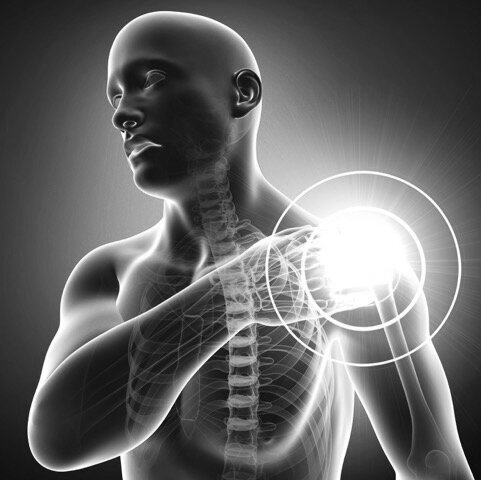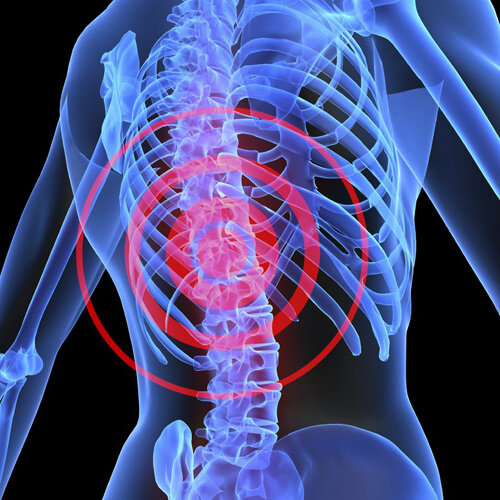Are you a Gym Newbie? How to form a gym habit and enjoy it
Thinking about making ‘going to the gym’ a new year’s resolution (again!)? Are you a bit of a gym newbie? Our NoviceRunnerNik was too this time last year but now she’s a committed gym goer. Here’s her story on how to form a gym habit and enjoy it.
Januaries are good months for gym owners
The owner of my gym told me last week that my gym’s February to December monthly membership income is typically half that of January’s. Lots of people sign up in the new year, the gym gets busy and then so many fade away. So if you’re going to decide to go the gym, how can you turn it into a long term habit, particularly if you’ve never really been a gym-goer?
I too was a gym newbie
Until November 2018 I could count the number of times I’d been in a gym on two fingers. The first time was definitely not in this century. So I nervously approached my local gym for a chat about how it works and what I could do there. I was keen to complement my running training (my first love) by doing some things that didn’t involve running. I’d signed up for a tough 32 mile ultramarathon in August this year and as I’m a bit prone to overtraining injuries, training in not running (or cross training as it’s apparently called) seemed like a good idea. I liked the look of lifting weights. So I signed up for a month of membership and a personal training session (in for a penny, in for a pound) and turned up the next week for my induction and first ever personal training session.
No one is watching you, they’re all watching themselves
I couldn’t really articulate why I was nervous about going to the gym. I think I was worried about looking like someone who didn’t know what they were doing. I think that somewhere inside of me, the old 14 stone, size 18 couch potato that I was until seven years ago, still lurks, wondering what on earth someone like me was doing in a gym.
The first thing I learned is that, just like real life, gym members come in all shapes, sizes, ages and fitness levels. The members at my gym range from older teenagers, through Junior Powerlifters competing at national level, to 70 something retirees (with impressive deadlifts!), each with their own reasons for training at the gym.
The second thing I learned was no one is watching you. They’re all watching themselves. And no one cares what you’re wearing, what you’re doing, how you’re doing it. That’s not to say they don’t care about you – all the gym goers I have met are lovely, friendly, chatty, polite and helpful.
Making the most of your gym sessions
I realised that I needed to make the most of each gym session, to make it worthwhile taking the time out to go three times a week. So to stop me aimlessly using the machines with no real idea of what helps, I asked my new personal trainer for a training plan to work to, in particular to help improve my core and arm strength. I have, like most runners, stronger legs and weedy arms – a t-rex body shape! He gave me a two week, push day (arms), leg day and pull day (arms), plan.
And then I just needed to learn the lingo: the different types of sets, tempos, names of the equipment and exercises and how to do them. I started recording what I was achieving for each exercise, weights and reps wise, in a spreadsheet on my phone as I trained so that I knew where to start the next time I was doing that day. It’s highly motivating when you smash your PBs each week when you first begin!
Personal training and diaries
I decided to have a personal training session once a week for a few months, partly to ensure I was doing it right and partly as he pushes me so much more than I push myself on my own. I changed the days I trained with him so that we went through all of the exercise sessions. I’ve also started doing 30 mins on the static bike or 5k on the rowing machine after each session, to make it even more worthwhile going. This is also great ‘brain occupation’ training for long distance running!
I put all my gym sessions in my diary so that they are appointments I will attend and I avoid booking anything else that clashes with them. This means I have no excuses to not go to the gym and the gym has become part of my daily routine. I also discovered my next door neighbour was toying with joining the gym to increase her strength which would make caring for her very frail husband slightly easier, so I encouraged her to start and now we encourage each other to turn up and train at the same time. We usually have a good chat on the crosstrainers as we warm up!
Learning to enjoy the gym
And after a few weeks, once I’d learnt the ropes and chatted to a few people, I started to look forward to, and enjoy, going to the gym, which amazed me! I even began to feel sad when my gym session was over.
Smashing gym PBs is a great feeling but it does happen less and less as you get stronger. I did have one leg training day a few months ago where I smashed every single PB on every single set. Whilst it left me wondering for a while why I’d not upped my weights much more previously, the fact that I could barely walk the next morning made me reconsider!
Benefits of gym training
I’ve experienced some great side effects from my gym training. I started smashing my running PBs without increasing my volume of running training, including parkrun times and I knocked 16 minutes off my first ever half marathon time when I ran the same half again this year. My knees in particular are less cranky when I run and I’m generally experiencing fewer niggles. I feel stronger when I run and I recover more quickly from big exertion running such as a 19.5 mile run around North Wales which included the summit of Snowdon, managing to leap out of bed the next day when I expected to be hobbling.
The 32 mile ultra in August, although hard and quite tiring, went like a dream. Recovery was quick. Thank you gym work!
My top 10 tips for forming a gym habit – make it hard to make excuses not to go
1. Find a gym that suits you and what you want to do – that its opening hours suit you, it’s easy to get to and park at, it has the equipment or classes you want. Ask friends or the internet for recommendations. Try several if the first one doesn’t work for you.
2. Pay automatically for monthly membership: if your chosen gym is for you, put your monthly membership payment on a standing order or direct debit. Then it gets paid without you having to think about it and you might feel you should go to the gym to make use of it.
3. Book your gym sessions in your diary, just like any other appointment and treat it as such. Be realistic about how many sessions a week you can manage.
4. Go to the gym at a time that works for you: if you prefer it when it’s quiet, find out when is off peak attendance time. Lunchtimes are usually, but not always, quieter in my gym.
5. Make the most of your gym sessions, part 1: have a training program written specifically for you, tailored to your goals and your likes, by a personal trainer, or find something that works online. Record your stats each session using Google docs on your phone or in a notebook so that you can see your improvement.
6. Make the most of your gym sessions, part 2: treat yourself to a personal training session every so often. You’ll learn a lot and will be pushed to work harder.
7. Vary your training regularly to keep you interested in going. If you only use the machines, try some free weights or some functional strength work like tyre flips, battle ropes, kettle bells. Change your program every few months.
8. Warm up, cool down and stretch to reduce the chance of injury. If you don’t know how to, ask a personal trainer at the gym.
9. Train with someone else for some accountability: you don’t need to actually train with them but if you agree that you’ll see them at the gym at a certain time and day, you’re more likely to turn up.
10. Remember that gym goers are all shapes, sizes, ages and fitness levels and everyone is watching themselves. Don’t be afraid to ask anyone for help or advice. You belong too.
Most importantly: when you start, or start back if you’re a seasoned gym-goer, at the gym in the new year, take it easy. Don’t leap in where you left off in the summer or start off with the really big weights as they look the part. Ease yourself in gently, up your weights gradually, move with control and reduce your risk of injury. Much as we love to see you, we’d prefer you didn’t hurt yourself in the first week of the new year!
If you do pick up an injury or would just like some advice about getting (back) to the gym, please call us on 02030 12 12 22 to book an appointment.
Words by NoviceRunnerNik AKA Nik Bathe.








































